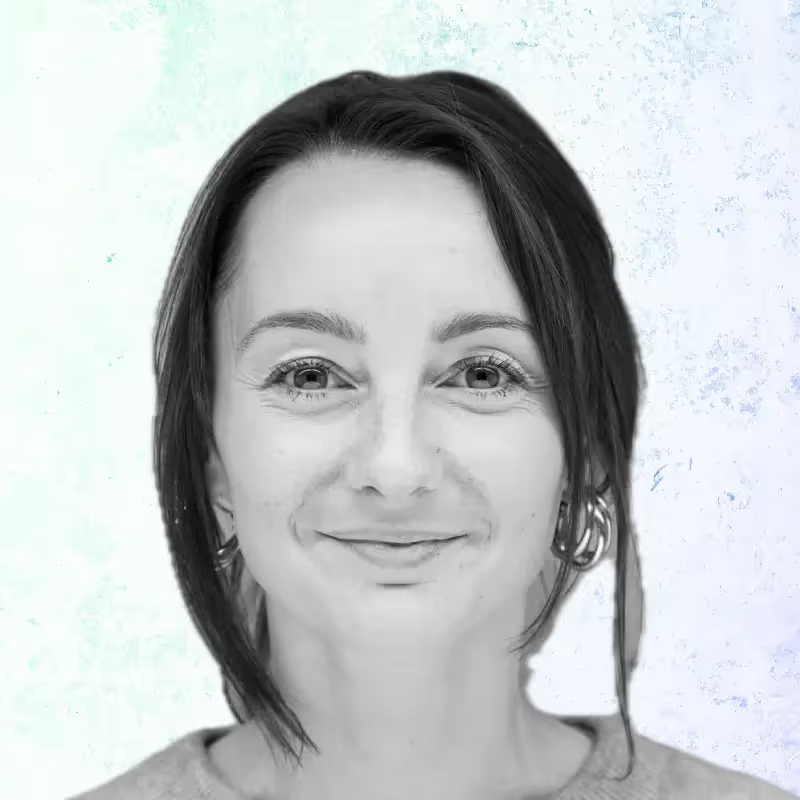By clicking “Accept”, you agree to the storing of cookies on your device to enhance site navigation, analyse site usage, and assist in our marketing efforts.

March 2025
.jpeg)
The UK has the largest gender health gap of the G20 and the 12th largest globally. It’s a stat that hammers home a hard truth – sexism is systemic in the UK health system and women experience poorer outcomes than men as a result. International Women’s Day gives us the opportunity to continue to shine a light on this issue and to redouble our efforts to champion change.
Historically, female health has lacked the funding and research it deserves. For instance, erectile dysfunction (which affects 19% of men) is studied in research five times more often than PMS, (which affects 90% of women). Endometriosis, which affects over 1.5 million women, takes on average eight years to diagnose.
Part of the reason for the healthcare disparity is the existence of a data gap. Data is used to determine which conditions are most prevalent and which need the most funding for treatment and research.
There has been an historical exclusion of women from clinical studies and drug trials for a number of reasons, including unfounded concerns about hormone fluctuations and potential pregnancy impacts. For example, while, women are 50 percent more likely to be misdiagnosed following a heart attack, they only made up 25 percent of participants across 31 landmark trials for congestive heart failure between 1987 and 2012.
This is a problem that dates back more than a few decades. According to author Criado Perez, “For millennia, medicine has functioned on the assumption that male bodies can represent humanity as a whole. As a result, we have a huge historical data gap when it comes to female bodies.”
This has led to women being both ignored when it comes to research and treatment of conditions that affect both sexes, and women’s health being chronically underfunded and under-researched. The knock-on effect is misdiagnosis and mismanagement of female health. In particular, conditions such as perimenopause and menopause, which have diverse symptoms, are often misdiagnosed and as a result women miss out on the support and care that they need. Perimenopausal symptoms, for instance, are regularly mistaken for a wide range of conditions including ADHD, leaky gut syndrome, fibromyalgia, long COVID, interstitial cystitis, adrenal fatigue, depression, anxiety, and even fatty liver disease. And yet, there are an estimated 13 million perimenopausal or menopausal women in the UK, with three in four of those experiencing symptoms and one in four experiencing debilitating symptoms.
This lack of attention has translated into how women experience healthcare on a daily basis. Research from the Fawcett Society found that 60% of women in the UK feel their healthcare issues are not taken seriously and more than half (57%) have had a negative experience with a healthcare professional.
Further, the gender health gap has a stark impact on wider society. The UK is losing 150 million working days each year due to women's poor health and a lack of suitable support. Menopause costs the UK economy £10 billion, and heavy, painful periods cost £531 million in sick days.
.jpg)
But - while it’s happening nowhere near fast enough – change is coming, and technology is driving it. Digital health tools are empowering women to monitor and manage more elements of their own health, as well as creating more robust data sets to inform clinicians’ decisions.
For example, the Pausetrack app allows women experiencing peri-menopause to track key symptoms like periods, sleep, mood changes, weight fluctuations, and interventions like medication, exercise, or lifestyle adjustments. The data gathered is used in research which will support policy and best practice in the future.
Similarly, users of the Clue menstrual health app can track their cycles and gain access to data to understand their health, and the app is working with universities including Stanford, Columbia and Oxford to better understand conditions like endometriosis and how patterns within the menstrual cycle can be used to detect chronic diseases, such as cancer.
The global femtech market is set to grow to $60 billion by 2027 as more apps and platforms join the market but, while there’s been steady growth, it’s still a small sector given that it represents the health interests of half the population. The fact that ‘femtech’ wasn’t coined as a term until 2016, shows just how much ground there is to make up.
.avif)
That data-driven advocacy is starting to shift the dial on the healthcare of women is to be celebrated. But, while putting greater control in the hands of women to understand and manage their health is incredibly valuable, we need to be careful that this isn’t translated into the burden of proof.
Put simply, women should not feel the need to attend a GP’s appointment armed with data to argue their case for care. Instead, this newfound data goldmine needs to be used to inform how funding is applied and where research is directed. It needs to help the healthcare sector start to clawback years of lost time. And it needs to be used in such a way that women no longer feel distrust of medical professionals and aren’t left ‘putting up with’ often severe symptoms that impact their daily lives.
It’s a mountain to climb, but one in which technology and the data it collects has a vital role to play.
—
Cate is an experienced product manager and has played an integral role in overseeing the successful delivery of a wide range of digital health products at nuom. Whilst ensuring all projects have human-centred design at their core, Cate works collaboratively with clients and in-house designers and developers to deliver high-impact, tangible products to the end user. She strives to create continued alignment between all members of the team, ensuring that human-centred design is at the core of all decision making.
We create human-centered solutions that drive positive outcomes for users and organisations. Let’s collaborate.
See our work